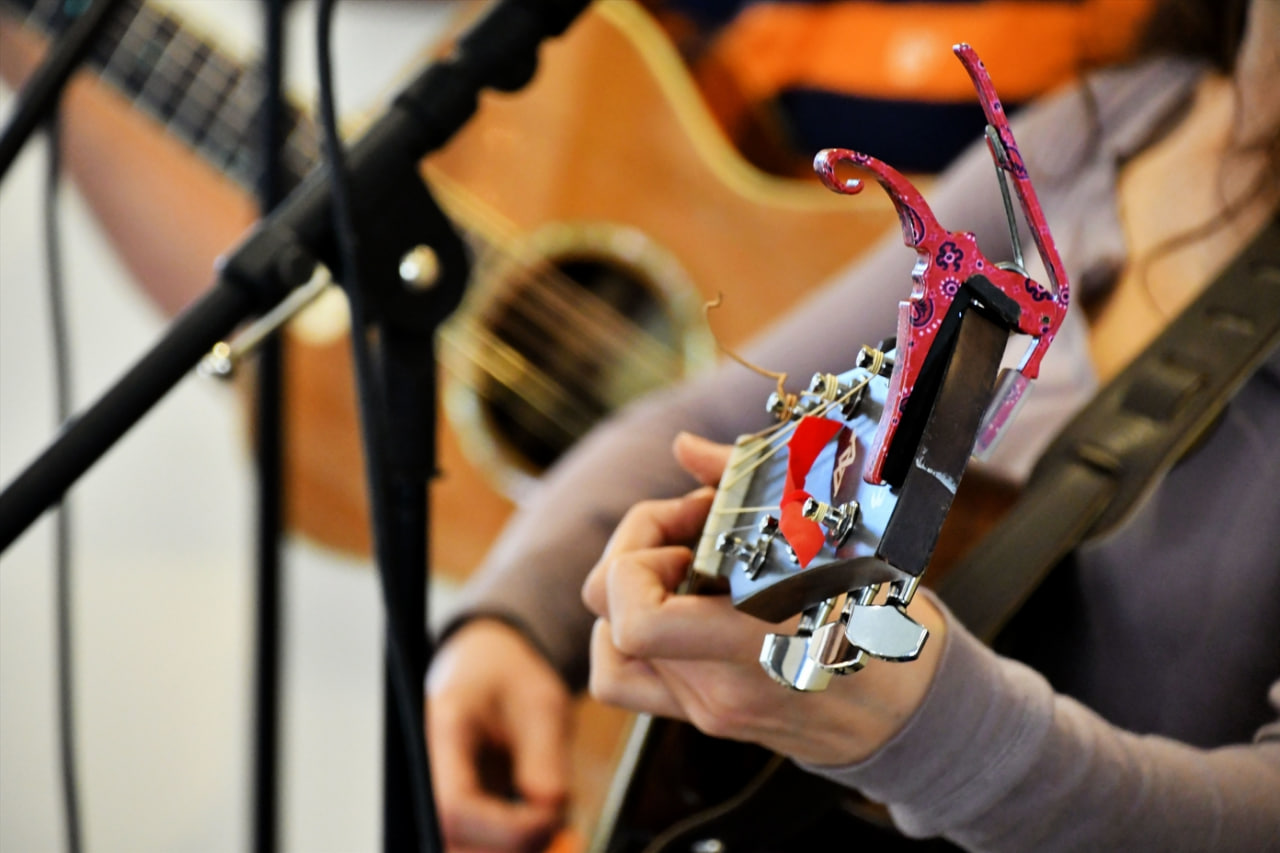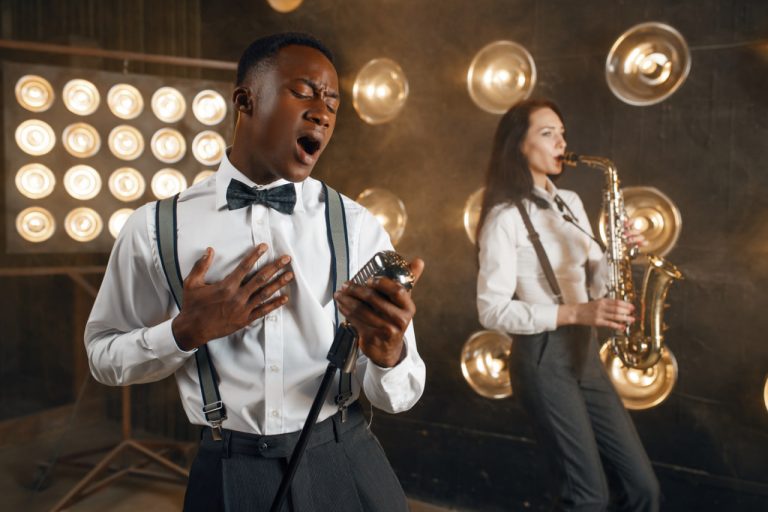Directing artists in music videos requires a delicate balance of leadership, creativity, and communication. A director’s ability to guide performers while fostering a comfortable, inspiring environment can make the difference between a flat performance and one that truly connects with the audience. Understanding techniques for directing artists ensures that their energy, emotion, and personality shine on screen.
Building Trust and Rapport
The foundation of a strong performance is trust. Artists are more likely to give authentic, vulnerable performances when they feel understood and supported. Directors should take time to get to know performers, learn their strengths, and create an atmosphere of mutual respect. Open communication and encouragement help reduce anxiety and allow the artist to focus fully on their expression.
Clear Communication and Vision
Artists need clear guidance to understand the director’s vision. Providing specific instructions, demonstrating movements, or using reference videos can make expectations tangible. At the same time, allowing room for improvisation can lead to organic moments that enhance the performance. Clarity, combined with flexibility, empowers artists to deliver their best work.
Emotional Connection and Storytelling
A great music video performance conveys emotion that aligns with the song’s narrative. Directors should help artists tap into the story behind the music, whether it’s joy, heartbreak, anger, or introspection. Techniques like discussing the lyrics, visualizing scenes, or encouraging personal interpretation enable performers to connect emotionally and translate that into compelling on-screen presence.
Physicality and Movement
Choreography and movement are essential elements in many music videos. Directors must ensure that artists’ gestures, body language, and positioning complement the camera angles and story. Using blocking exercises, rehearsals, and feedback during takes helps performers refine their movements while maintaining energy and authenticity. Attention to posture, facial expressions, and timing ensures that every motion contributes to the overall visual impact.
Managing Nerves and Maintaining Energy
Filming can be exhausting and intimidating. A director’s role includes keeping the artist motivated and confident throughout the shoot. Short breaks, positive reinforcement, and energetic direction maintain high spirits. Encouraging playful experimentation can also help performers loosen up and deliver spontaneous, captivating moments.
Collaboration with the Crew
Directors are not only guiding artists but also coordinating with cinematographers, lighting technicians, and costume designers. Ensuring that everyone works in harmony allows performers to focus on their craft without distraction. Clear communication between the director and crew guarantees that technical elements support, rather than hinder, the artist’s performance.
Feedback and Iteration
Continuous feedback during filming is essential. Constructive critiques should be specific and actionable, highlighting what works and what can be improved. Allowing multiple takes and experimenting with different approaches often uncovers unexpected, brilliant performances. Encouraging self-assessment also helps artists refine their delivery and feel ownership of their performance.




